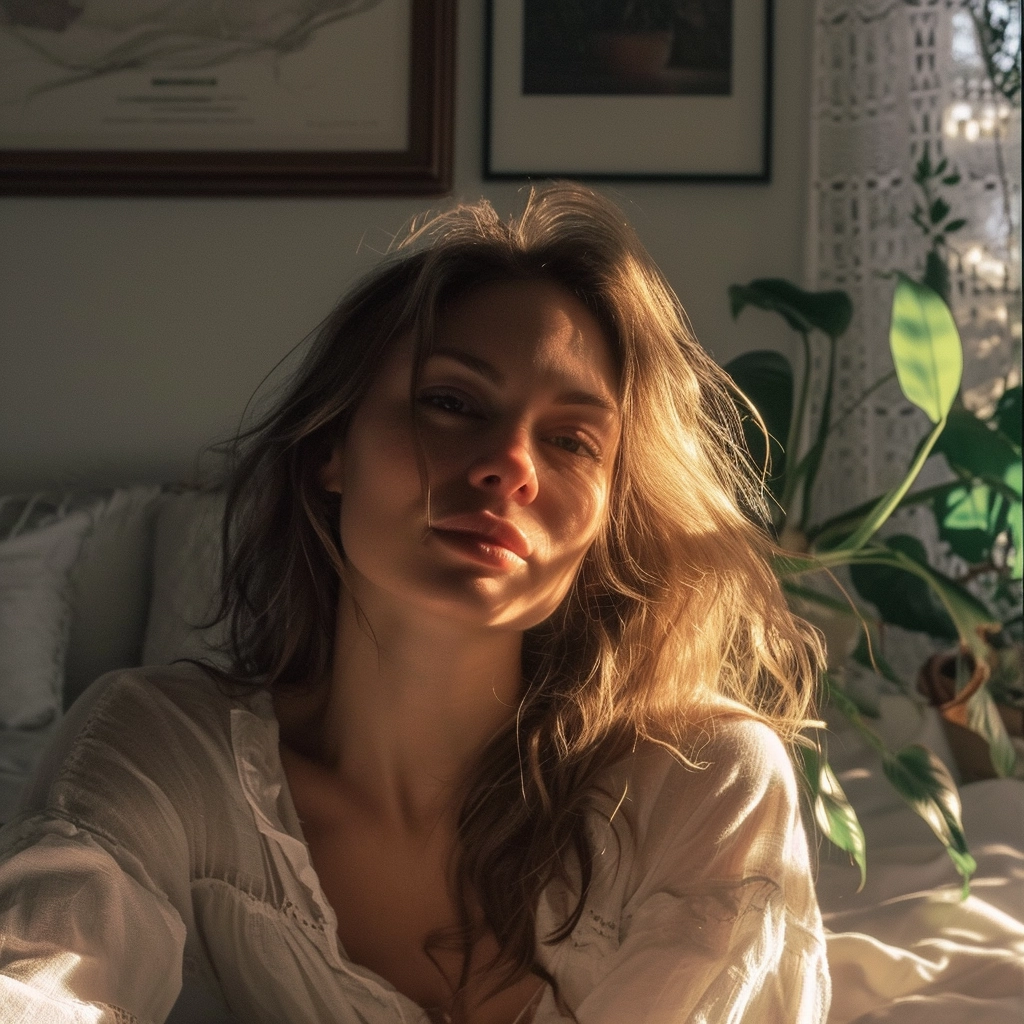What is Chaturanga Flow?
Chaturanga Flow is a dynamic sequence in yoga that emphasizes strength, balance, and fluidity. This style of flow incorporates the Chaturanga Dandasana, or Four-Limbed Staff Pose, as a central component. It is often practiced within vinyasa yoga classes, where movements are synchronized with breath, creating a meditative experience.
Where Did Chaturanga Flow Originate?
The term “Chaturanga” comes from the ancient Indian military strategy game, Chess, which has its roots in India. The word itself translates to “four limbs” in Sanskrit, reflecting the posture’s alignment. Chaturanga Flow evolved as yoga became popular in the West, merging traditional practices with modern fitness trends.
What Are the Benefits of Practicing Chaturanga Flow?
- Strength Building: Chaturanga Flow engages multiple muscle groups, improving overall strength, especially in the arms, shoulders, and core.
- Enhanced Flexibility: The continuous flow between poses promotes flexibility in the spine, hips, and legs.
- Improved Balance: The transitions between poses help develop better balance and coordination.
- Mental Focus: The synchronization of breath and movement cultivates mindfulness and concentration.
- Stress Relief: The rhythmic nature of the flow can help reduce stress and anxiety, promoting a sense of calm.
How Do You Practice Chaturanga Flow?
To practice Chaturanga Flow, follow these steps:
- Start in Downward-Facing Dog: Begin by grounding your hands and feet, forming an inverted “V” shape.
- Move to Plank Pose: Shift your weight forward, stacking your shoulders over your wrists and forming a straight line from head to heels.
- Chaturanga Dandasana: Lower your body while keeping your elbows close to your sides, stopping when your arms are at 90 degrees. Hold for a breath.
- Upward-Facing Dog: Press through your hands and feet to lift your chest while allowing your thighs to hover above the ground.
- Return to Downward-Facing Dog: Tuck your toes and lift your hips back to Downward Dog. Repeat the sequence several times.
What Are Common Mistakes to Avoid?
- Letting the Elbows Flare: Keep your elbows close to your body to protect your shoulders.
- Dropping the Hips: Maintain a straight line from head to heels in Plank and Chaturanga to prevent strain on the lower back.
- Holding Breath: Ensure you are breathing evenly throughout the flow; avoid holding your breath.
- Rushing Through the Sequence: Focus on controlling your movements rather than speed, allowing for better alignment and form.
Who Can Practice Chaturanga Flow?
Chaturanga Flow is suitable for various skill levels, but beginners should approach it with caution. Some considerations include:
- Experience Level: Beginners may need to modify poses or practice under the guidance of an instructor.
- Physical Limitations: Those with wrist, shoulder, or back issues should consult a healthcare professional or experienced yoga teacher before practicing.
- Pregnancy: Pregnant individuals should seek specialized guidance to ensure safe practice.
How Can You Incorporate Chaturanga Flow into Your Routine?
To incorporate Chaturanga Flow into your yoga practice:
- Add it to Your Warm-Up: Use Chaturanga Flow as a warm-up sequence before more challenging poses.
- Create a Standalone Sequence: Combine Chaturanga Flow with other poses to create a full yoga session.
- Use It in Fitness Workouts: Include Chaturanga Flow in cross-training routines to build strength and flexibility.
What Equipment Do You Need for Chaturanga Flow?
Chaturanga Flow typically requires minimal equipment:
- Yoga Mat: A non-slip surface is essential for stability during the flow.
- Yoga Blocks: These can offer support for beginners or those with limited flexibility.
- Strap: A strap can help in modifying poses for those who might struggle with flexibility.
Where Can You Find Chaturanga Flow Classes?
Chaturanga Flow classes can be found at most yoga studios, gyms, and online platforms. Many instructors incorporate this sequence into their vinyasa classes, and there are numerous online tutorials available for self-guided practice.

Welcome! I’m Andriana, a 25-year-old passionate meditation enthusiast who thrives on creativity and connection. With a heart that beats for the cinematic world and a mind that finds solace in the intricate dance of jigsaw puzzles, I craft stories that resonate and entertain.
This corner of the internet is my canvas, where life’s vibrant moments are painted with words and images. Join me as we explore the artistry in the everyday, from the silver screen’s glow to the simple joy of a puzzle piece perfectly placed. Let’s embrace the adventure of life together, with a touch of creativity and a lot of fun along the way.
